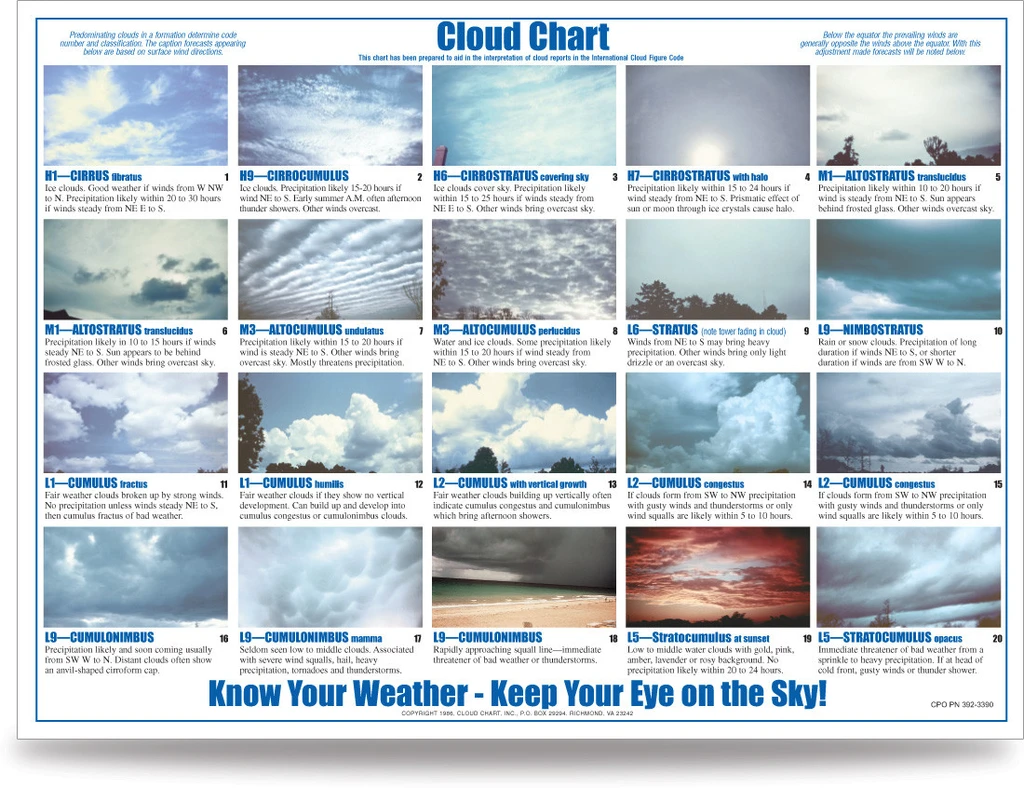The Best 6 Tips for Painting Clouds
As a contemporary NZ artist in Hamilton I an familir with rapidly changing seasons, in fact we often have four seasons in one day which means interesting cloud formations to paint!
Capturing the essence of clouds in landscape artworks is a skill that can elevate a painting to new heights. While there are various techniques to master the art of painting clouds, one crucial element to focus on is getting the shadows right. Understanding the nature of clouds helps artists depict them realistically.
Clouds are composed of water particles, and as they increase in density, they become larger and tend to cluster at the bottom due to their weight. This clustering effect creates darker shades underneath the clouds, mimicking the presence of raindrops. While a more scientific explanation delves deeper, this simplified understanding gives artists a foundation for effectively painting clouds.
Cloud Names:
Clouds possess unique names that stem from a classification system based on Latin terminology. These names describe the appearance of clouds as observed from the ground. For example, cirrus clouds have a curly or feathery appearance, resembling wispy strands or curls of white hair.
Stratus clouds, on the other hand, form in layers or lines akin to the delicate layers of choux pastry or wisps of hair. Cumulus clouds resemble fluffy, rounded cotton balls, creating a heap-like appearance. Lastly, nimbus clouds, often darker in colour, signify rain clouds.
Consider the Following Tips when Painting Clouds:
- Clouds are not purely white; they reflect the colours of the sky. This phenomenon becomes more pronounced during sunrise and sunset when clouds adopt shades of yellow, red, and even pink. Pay attention to the interplay of colours to accurately depict the atmosphere.
- Avoid the temptation to paint every minute detail of the clouds. Embrace simplicity and focus on capturing the overall impression and character of the clouds.
- Familiarise yourself with the different types of clouds and their distinctive characteristics. Use online resources or reference images to study the specific attributes of each cloud type, aiding you in creating accurate representations.
- Build a reference portfolio by taking photographs of various cloud formations at different times of the day. Clearly label each reference photo to identify and replicate specific cloud types in your artwork quickly.
- Apply the principles of perspective to your clouds. As they recede into the distance, their colours become paler, and their shapes appear less distinct. Incorporating this perspective will enhance the realism of your landscape.
- Use the right brushes: a rounded tip brush is best for painting clouds so you don't get hard edges or lines. Check out my article on what brush types are available.
It's worth noting that cloud formations can serve as evidence of copyright infringement in artworks. Clouds are ever-changing and unique, making them difficult to replicate precisely. Suppose an artist copies another artist's work or uses a photograph as a reference.
In that case, the distinctive cloud formations can indicate the copying, as it is improbable for the same clouds to appear on different days at the same time.
By honing your cloud-painting skills and paying attention to their intricate details, you can elevate the visual impact of your landscape artworks. In addition, the ability to accurately capture the ethereal beauty of clouds will enhance your paintings' overall atmosphere and realism.

The image is of a cloud chart, my Dad had one in his garage which I was always fascinated by.
He was a pilot and such things are obviously important to them but for me it was obviously the art angle I liked. I highly recommend getting one of these charts so you have a handy reference chart for painting clouds.
Link to the site here CLOUD CHART
Posted: Monday 23 August 2010

